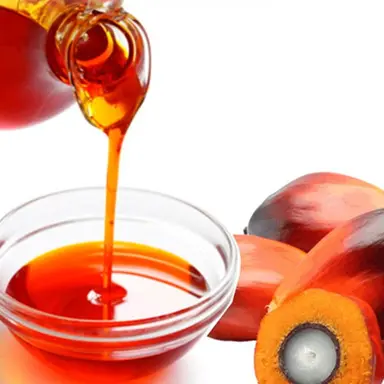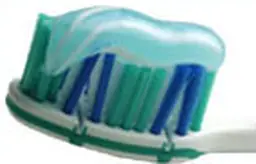
Today, the cosmetics industry must increasingly move towards palm oil and/or palm kernel oil-free formulations, to meet the growing demand for ethical, environmentally-friendly products. It must therefore find sustainable alternatives. An insight from Corinne Benoliel and Blandine Gutton, from Institut Scientis.
Palm oil and palm kernel oil both come from the same palm tree called Elaeis guineensis, but they are obtained by extracting two different parts of the fruit: the mesocarp in the case of palm oil, and the kernel in the case of palm kernel oil.
Palm Oil (the INCI name for palm oil) ranges in colour from pale yellow to dark orange.
Palm Kernel Oil (INCI name for palm kernel oil) is virtually colourless.
Palm and palm kernel oil derivatives
These oils are rarely incorporated directly as ingredients in cosmetic products. They are, however, the source of many useful raw materials for formulators.
Several chemical reactions can be used to create these raw materials, in particular:
• Hydrogenation, which increases the melting point of pure oils to create creamier textures and improve their oxidation stability, and generates ingredients used as emollients
• Esterification, which also creates emollients and improves the sensorial qualities of oils and their penetration into the surface layers of the epidermis
• Saponification, which, thanks to the high lauric acid content of palm kernel oil, gives soap interesting characteristics (hardness, high foaming power, cleaning properties), and whose reaction also generates a very useful by-product as …





